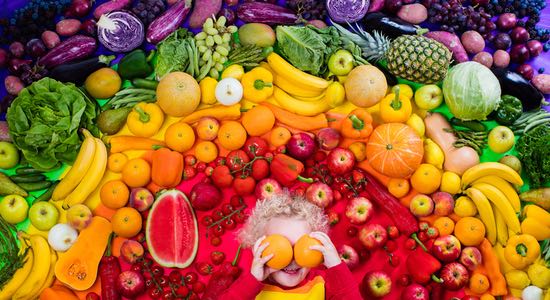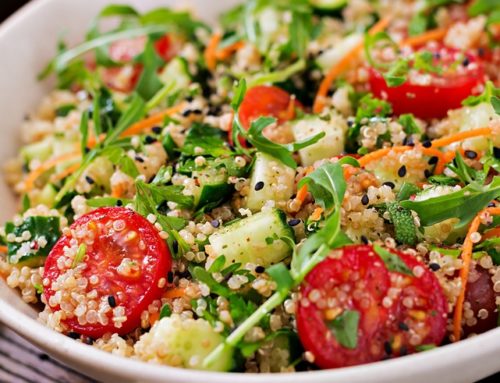Has anyone ever told you how important it is to eat your greens? I’m sure they have. But how about your oranges? Your purples? Whites? If not, read on! Unfortunately we are not talking about Skittles when we encourage you to eat all the colors of the rainbow. Nor are we talking about rainbow bagels. We are referring to that colorful array of fruits and vegetables you see when walking into the produce section of the grocery store. Have you ever considered where this bounty of nutrition gets its variety of color? The answer is quite amazing actually. The “micronutrients” (or, vitamins, minerals, and phytonutrients) are what create the color pigment in these foods. So it’s nutrition you can virtually SEE. Pretty neat, right?
The term “phyto” is derived from the greek word for “plant”. So when we are talking about phytonutrients in foods, we are generally referring to plant-based foods such as fruits, vegetables, soy and other beans, nuts, and whole grains. Some of the more common phytonutrients include beta-carotene, lycopene, and isoflavones. There is an expanding body of research indicating that these plant-based substances are more important than we previously thought when it comes to overall human health & disease prevention.
To be sure that you are consuming all these nutritional jewels in your diet, make note of the colors on your plate. Red plants, such as berries, radishes, and tomato are rich in Lycopene. Orange/Yellow plants such as squash, carrots, and cantaloupe are rich in the carotene family (including beta-carotene). Green plants such as leafy greens, broccoli, and zucchini are rich in several phytonutrients including isoflavones and Lutein. Blue/Purple plants including eggplant, beets, and blackberries are rich in resveratrol. And finally, white plants such as garlic, onion, and cauliflower are rich in quercetin. As a general rule, the richer the color, the richer the nutritional content. So for example, the dark green of a spinach leaf indicates higher levels of nutrients than the pale green of iceberg lettuce.
The list of health benefits for these phytonutrients (and a slew of others not mentioned) is almost too long to list. For example, Lycopene is important for prostate health. Beta-Carotene and Lutein help keep our eyes healthy. And resveratrol is protective against heart disease.
For more extensive information on how these substances benefit our health, please visit our video library and filter by Nutrition topics, or healthy living.





